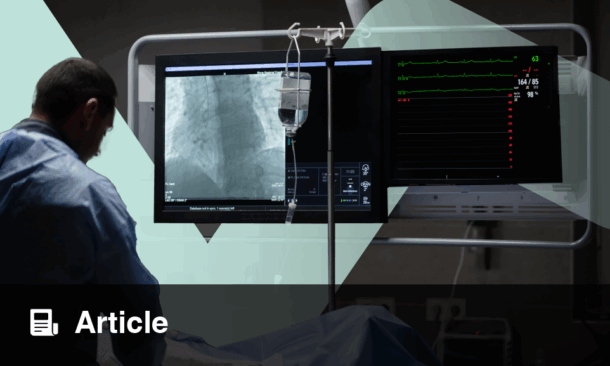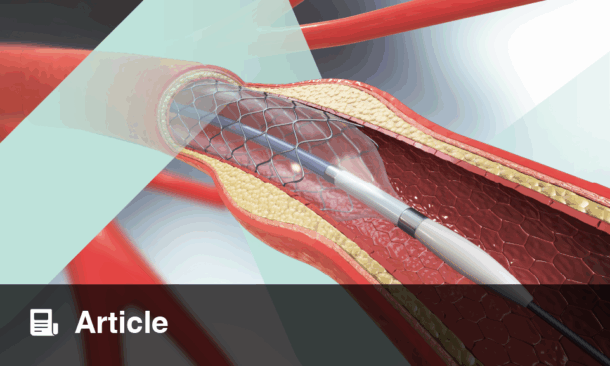Transcatheter aortic valve replacement (TAVR) is an effective therapeutic option in patients with severe aortic stenosis deemed at high or prohibitive-risk for conventional surgical aortic valve replacement.1,2 Despite a large amount of literature concerning possible factors associated with or predictive of an adverse prognosis,3-6 the impact of coexisting right ventricular (RV) dysfunction on TAVR outcome is unclear. On the other hand, it is also uncertain whether the improved left heart haemodynamics after TAVR could exert a beneficial effect on RV dysfunction. We thus evaluated, in a multicentre registry of high-risk patients undergoing TAVR, the prognostic impact of different grades of RV dysfunction on TAVR, and the possible impact of TAVR on RV dysfunction. From January 2010–April 2013, a total of 870 consecutive patients affected by severe aortic stenosis were treated with the third-generation 18 Fr CoreValve Revalving System device. This registry has been approved by local ethics committees and all the data are fully available to the enrolling centres. All patients were evaluated for TAVR by the local ‘heart team’ which included: a clinical cardiologist, an interventional cardiologist, a cardiac surgeon, and a cardiac anaesthesiologist. The evaluation of the heart team led to the indication for TAVR after careful assessment of all the clinical/anatomical conditions determining a higher risk of mortality/morbidity after surgery. All patients scheduled for TAVR and that gave written consent for the procedure and registry were enrolled. Transthoracic echocardiography was performed before TAVR, within 3 days following TAVR, and at the 1, 6, and 12-month follow-up by a senior cardiologist. RV function by means of tricuspid annular motion or tricuspid annular plane systolic excursion, and RV size were determined and categorised according to the American Society of Echocardiography (ASE), the European Association of Echocardiography (ESE), and the Canadian Society of Echocardiography (CSE) recommendations.7
The results of our study added several ideas to current knowledge: the presence of concomitant RV dysfunction is relatively frequent in these patients; severe RV dysfunction and severe RV dilation independently predict overall mortality; a severe RV dysfunction is a stronger predictor of 1-year mortality compared with a severe left ventricular dysfunction; in patients with severe RV dysfunction, an improvement in RV function can be expected in a minority of the patients; in patients with moderate RV dysfunction, this improvement is more likely to occur in the absence of atrial fibrillation, severe pulmonary hypertension, and severe renal failure; and the improvement in RV function does not independently predict mortality. On a broader perspective, our results advocate for the first time the inclusion of the RV evaluation in a more complete pre-TAVR evaluation work-up.








